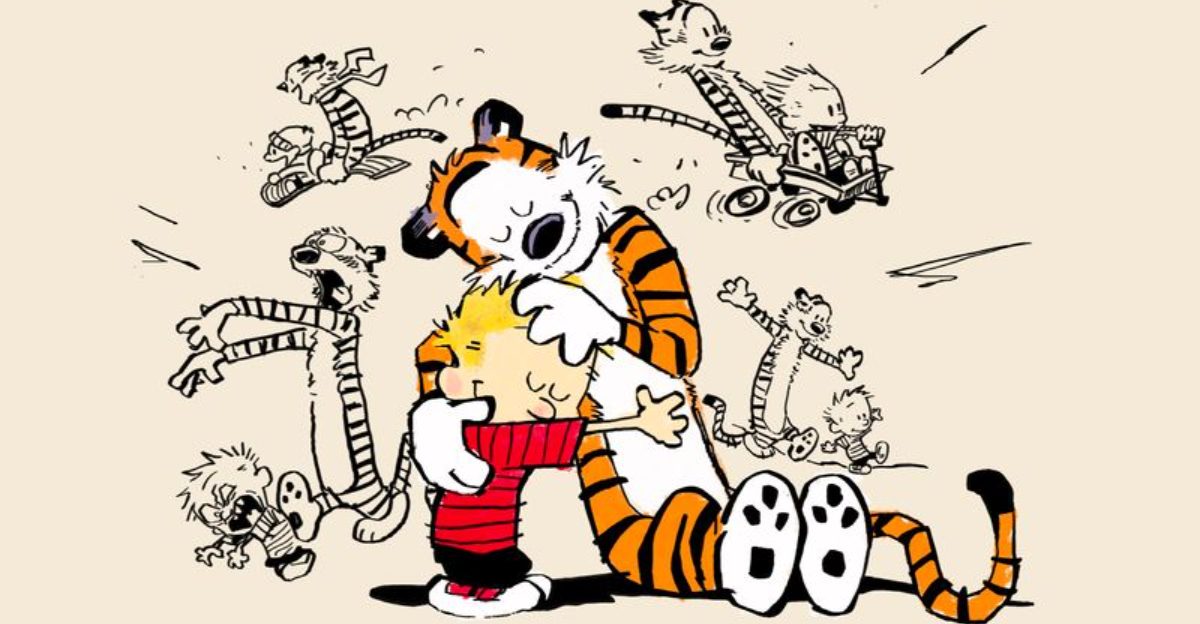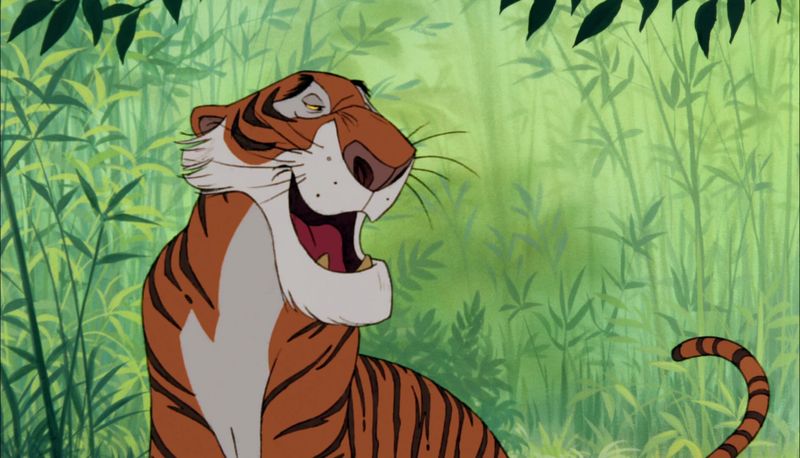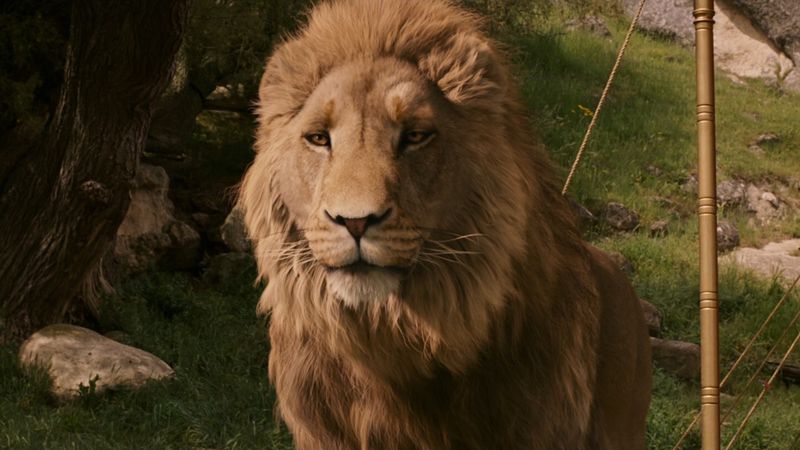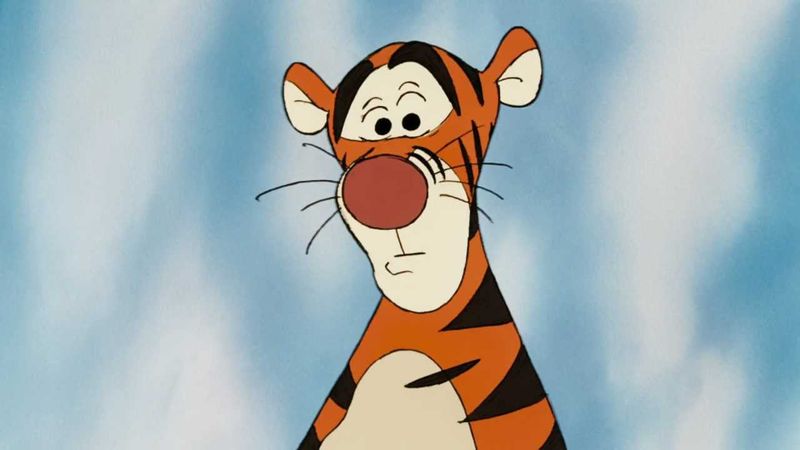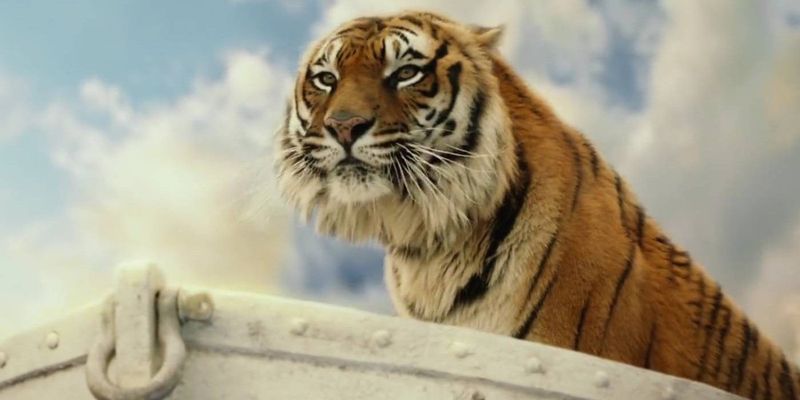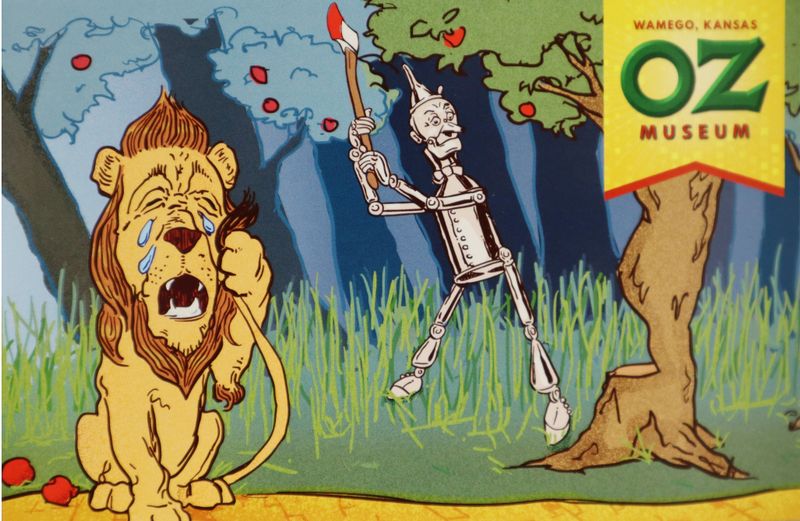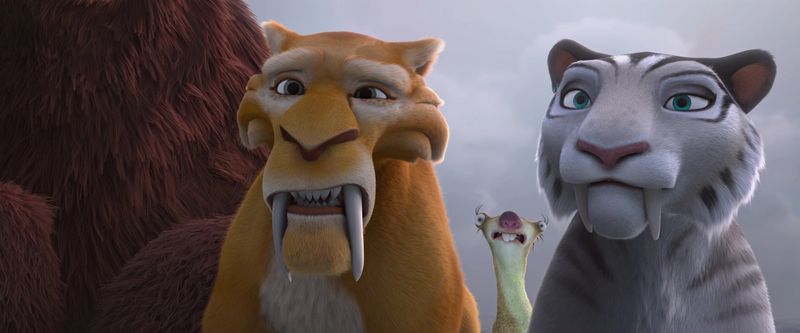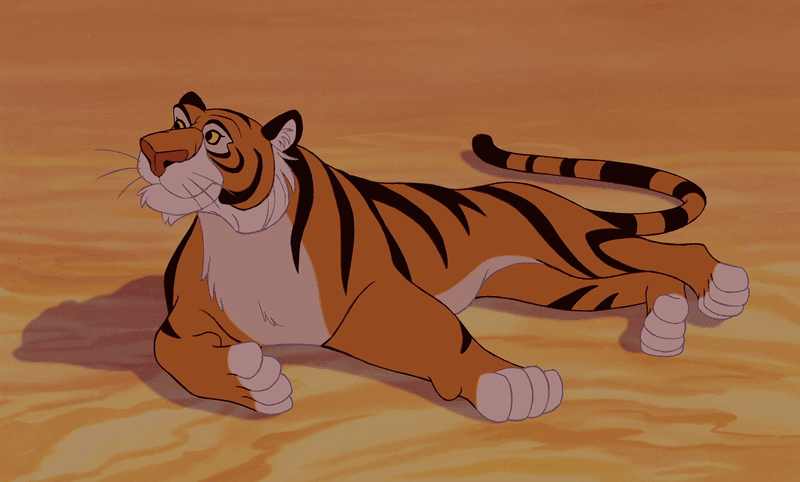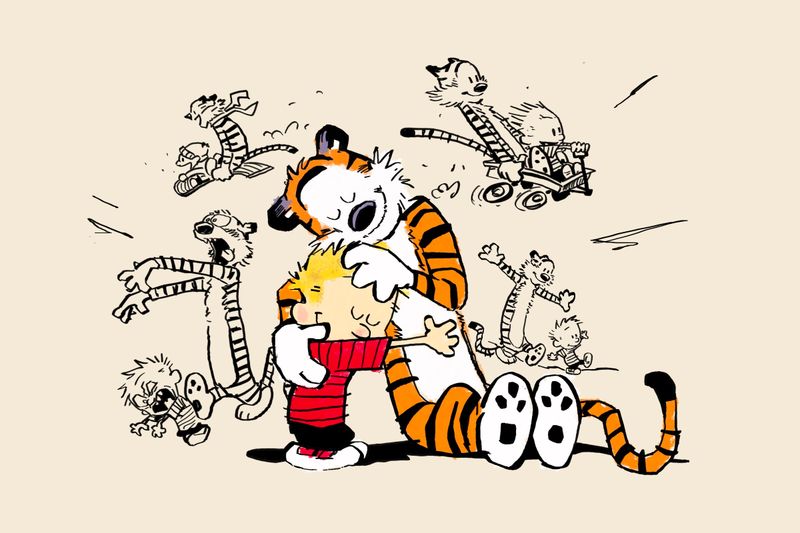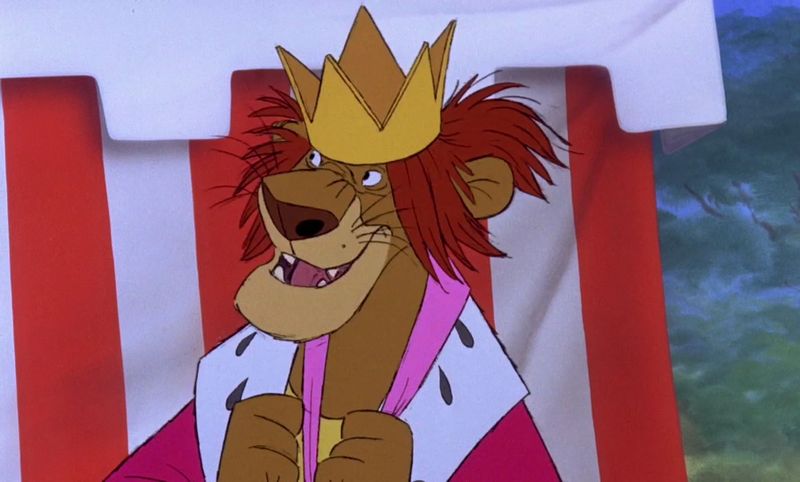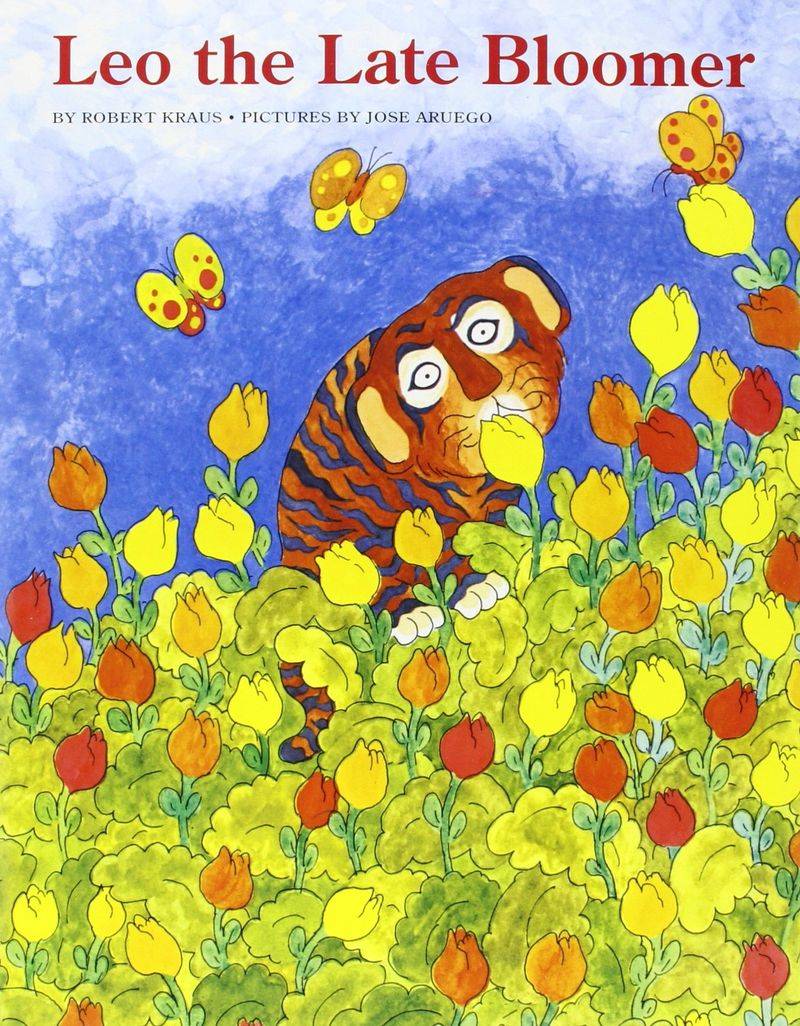📖 Table of Content:
- 1. Shere Khan (The Jungle Book – book & movie)
- 2. Aslan (The Chronicles of Narnia – book & movie)
- 3. Bagheera (The Jungle Book – book & movie)
- 4. Tigger (Winnie-the-Pooh – book & movie)
- 5. Richard Parker (Life of Pi – book & movie)
- 6. The Cowardly Lion (The Wizard of Oz – book & movie)
- 7. Diego (Ice Age – movie)
- 8. Simba (The Lion King – movie)
- 9. Scar (The Lion King – movie)
- 10. Rajah (Aladdin – movie)
- 11. The Cheshire Cat (Alice in Wonderland – book & movie)
- 12. Hobbes (Calvin and Hobbes – comic strip)
- 13. King Leonidas (Bedknobs and Broomsticks – book & movie)
- 14. Leo the Lion (Leo the Late Bloomer – book)
- 15. Tyger (The Tyger Voyage – book)
Big cats have long captured the imagination of children, appearing in countless books and movies as symbols of power, wisdom, and playfulness. Whether they are fierce predators, loyal protectors, or mischievous tricksters, these feline figures bring excitement and depth to the stories they inhabit. Some teach important life lessons about bravery and self-discovery, while others simply add humor and warmth. From the untamed jungles to magical kingdoms, big cats have solidified their place as some of the most memorable characters in children’s literature and film.
These magnificent creatures come in all forms, from the noble and wise Aslan to the villainous and cunning Scar. Some, like Simba and Diego, embark on journeys of self-growth, learning to embrace their true nature. Others, such as the Cheshire Cat and Tigger, add whimsy and unpredictability, making their stories even more enchanting. Whether they are speaking mentors, silent companions, or even imaginary friends, these big cats leave a lasting impression on readers and viewers alike. Their presence elevates the stories they inhabit, adding depth, adventure, and a touch of magic.
In this article, we explore fifteen of the most iconic big cats in children’s books and movies, each with a unique role in shaping the stories we love. Some are heroes, some are villains, and others simply exist as beloved sidekicks. Regardless of their role, they all bring something special to the tales they inhabit. Join us as we journey through jungles, enchanted lands, and far-off adventures to celebrate these unforgettable feline characters.
1. Shere Khan (The Jungle Book – book & movie)
Commanding both fear and respect, Shere Khan is the most feared predator in The Jungle Book. His deep-seated hatred of humans stems from past encounters, making him relentless in his pursuit of Mowgli. Unlike other jungle creatures, he relies on intimidation and cunning rather than brute strength alone. His calm, yet menacing voice in Disney adaptations adds to his terrifying presence. Even in Kipling’s original book, his reputation as a ruthless hunter keeps the jungle in check. He serves as a stark contrast to characters like Baloo and Bagheera, who want to protect Mowgli. As one of the most memorable villains in children’s literature and film, Shere Khan reminds us of the raw power of nature.
2. Aslan (The Chronicles of Narnia – book & movie)
Radiating wisdom and strength, Aslan is more than just a lion—he is the heart of The Chronicles of Narnia. His deep voice and powerful presence command the attention of both friends and foes alike. Aslan embodies justice, offering guidance to the Pevensie children as they navigate Narnia’s trials. Unlike ordinary lions, he possesses mystical qualities, including the ability to return from death. His sacrifice in The Lion, the Witch and the Wardrobe mirrors deep themes of redemption and selflessness. Despite his immense power, he is gentle, particularly toward the children who place their trust in him. Whether on the page or the screen, Aslan remains a symbol of courage, sacrifice, and unwavering goodness.
3. Bagheera (The Jungle Book – book & movie)
Sleek, mysterious, and fiercely intelligent, Bagheera plays the role of protector and mentor in The Jungle Book. Unlike Baloo’s carefree nature, Bagheera is disciplined and serious, often acting as Mowgli’s voice of reason. His backstory as a former pet who returned to the wild gives him a unique perspective on the dangers of human interaction. Throughout the story, he tirelessly works to keep Mowgli safe, even when the boy resists his guidance. His deep concern for Mowgli never wavers, even as the boy ventures into the dangerous jungle. Despite his serious nature, there are moments where Bagheera’s affection for Mowgli shines through. As a wise and noble panther, he provides the necessary balance between adventure and responsibility.
4. Tigger (Winnie-the-Pooh – book & movie)
Bouncing with energy and enthusiasm, Tigger is a bundle of joy in Winnie-the-Pooh. His love for adventure often leads him into trouble, but his optimism is contagious. Unlike the more reserved characters in the Hundred Acre Wood, he is always ready to turn any situation into a game. Though he sometimes frustrates his friends with his wild antics, his heart is always in the right place. He takes pride in being unique, constantly reminding everyone that “the most wonderful thing about Tiggers is I’m the only one!” His boundless confidence teaches children to embrace their individuality. Whether in print or animation, Tigger remains a symbol of fun-loving excitement and boundless energy.
5. Richard Parker (Life of Pi – book & movie)
Trapped on a lifeboat with Pi, Richard Parker is both a terrifying predator and an unlikely companion. His name, given to him due to a clerical error, adds an eerie sense of irony to his character. Unlike traditional talking animals in children’s stories, Richard Parker is a real, untamed tiger. His presence forces Pi to tap into his survival instincts, creating a fragile but necessary relationship. Despite never speaking, his actions communicate hunger, dominance, and eventually, a form of coexistence. His departure at the end of the story, without even a glance back, serves as a powerful reminder of the raw indifference of nature. The dynamic between Pi and Richard Parker makes Life of Pi an unforgettable tale of survival and self-discovery.
6. The Cowardly Lion (The Wizard of Oz – book & movie)
Lacking the courage he believes he should have, the Cowardly Lion is one of the most endearing characters in The Wizard of Oz. Though he outwardly displays fear, his actions repeatedly prove his bravery. From standing up to the Wicked Witch to protecting Dorothy and her friends, he gradually gains confidence. His journey reflects the idea that true courage is not the absence of fear but the ability to act despite it. He provides comic relief with his exaggerated expressions and humorous dialogue. The revelation that he had courage all along is an uplifting message for young readers. His lovable nature and self-discovery make him one of the most memorable lions in children’s literature and film.
7. Diego (Ice Age – movie)
Initially introduced as a fearsome saber-toothed tiger, Diego undergoes a remarkable transformation in Ice Age. His mission to capture a human baby turns into an emotional journey of redemption. Through his unexpected friendship with Manny and Sid, he begins to question his loyalty to his own pack. Despite his tough exterior, he grows attached to his newfound herd, proving that family isn’t just about blood. His struggle between loyalty and morality makes his character development compelling. In later films, Diego continues to evolve, embracing his softer side while maintaining his warrior instincts. His story highlights the power of friendship and personal change.
8. Simba (The Lion King – movie)
Born as the heir to the Pride Lands, Simba’s journey from a playful cub to a responsible king is a classic coming-of-age story. His childhood is marked by carefree adventures until tragedy strikes with the death of his father, Mufasa. Fleeing from his past, he embraces a life of leisure with Timon and Pumbaa, but destiny calls him back. Facing his fears, he challenges his uncle Scar and reclaims his rightful place as king. His story is one of loss, self-discovery, and the courage to face the past. The lessons he learns from Rafiki and Mufasa’s spirit shape him into a wise leader. The Lion King remains one of the most beloved animated films, thanks in part to Simba’s inspiring journey.
9. Scar (The Lion King – movie)
Unlike his noble brother, Scar is a villain driven by jealousy and ambition. His cunning nature allows him to manipulate those around him, leading to Mufasa’s tragic demise. Unlike most Disney villains, Scar doesn’t rely on brute strength but instead on psychological warfare. His leadership brings destruction to the Pride Lands, showing the consequences of selfish rule. His chilling song, “Be Prepared,” is one of Disney’s most iconic villain anthems. When finally confronted by Simba, Scar’s cowardice is exposed, proving he was never fit to rule. His dramatic end is a fitting conclusion to his ruthless reign.
10. Rajah (Aladdin – movie)
Serving as Jasmine’s loyal companion, Rajah is both a protector and a source of comfort. Though he doesn’t speak, his expressive face conveys a range of emotions, from suspicion to affection. He is fiercely defensive of Jasmine, often growling at unwanted suitors like Prince Achmed. Unlike the other big cats on this list, he isn’t a wild predator but a domesticated guardian. His playful side emerges when interacting with Jasmine, showing his deep bond with her. Despite being a secondary character, he adds warmth to Aladdin and remains a fan favorite. Rajah reminds audiences that even the fiercest animals have a soft side.
11. The Cheshire Cat (Alice in Wonderland – book & movie)
Draped in mystery and mischief, the Cheshire Cat is one of the most enigmatic figures in Alice in Wonderland. With his eerie grin and cryptic advice, he constantly leaves Alice questioning reality. Unlike other Wonderland inhabitants, he doesn’t seem to take sides, instead appearing and disappearing at his own whim. His ability to vanish at will adds to his dreamlike, almost unsettling presence. He seems to know more than he lets on, guiding Alice in his own roundabout way. Whether frustrating or fascinating, he remains one of Lewis Carroll’s most recognizable characters. His whimsical, unpredictable nature makes him a standout among literary felines.
12. Hobbes (Calvin and Hobbes – comic strip)
Imaginary friend or real tiger? Hobbes walks the line between fantasy and reality in Calvin and Hobbes. To Calvin, he is a witty and adventurous companion, but to everyone else, he appears as a mere stuffed toy. His sharp humor and philosophical musings set him apart from typical cartoon animals. Whether wrestling with Calvin or pondering the meaning of life, Hobbes provides both mischief and wisdom. His presence elevates Calvin and Hobbes beyond a simple comic strip, making it a reflection on childhood itself. The depth of his character makes him as real to readers as he is to Calvin. His blend of mischief, warmth, and wisdom cements his place as one of the most beloved fictional tigers.
13. King Leonidas (Bedknobs and Broomsticks – book & movie)
Ruling over the Isle of Naboombu, King Leonidas is a lion with a grand sense of self-importance. Unlike the noble Aslan, he is more self-serving, indulging in his royal status and enforcing his rules with pride. His kingdom, filled with anthropomorphic animals, reflects his theatrical personality. Though he commands authority, his obsession with his magical amulet leads to his downfall. Despite his arrogance, he adds a whimsical, humorous element to Bedknobs and Broomsticks. His character serves as a playful twist on the traditional “kingly lion” trope. While not as well-known as other literary lions, he remains a fun and memorable part of the story.
14. Leo the Lion (Leo the Late Bloomer – book)
Taking his time to find his strengths, Leo is a heartwarming character for young readers. In Leo the Late Bloomer, he struggles to read, write, and communicate while his peers seem to excel effortlessly. His father worries, but his mother remains patient, reminding him that everyone blooms at their own pace. Slowly, Leo begins to grow into his abilities, proving that development happens on its own schedule. His story provides reassurance to children who may feel left behind in their learning. The book’s gentle encouragement has made it a timeless classic for parents and educators alike. Leo’s quiet perseverance is a reminder that everyone has their own timeline for success.
15. Tyger (The Tyger Voyage – book)
Embarking on a thrilling adventure, Tyger takes readers on an extraordinary journey in The Tyger Voyage. Unlike many of the big cats on this list, he is neither a fearsome predator nor a mentor—he is an explorer. His story is beautifully illustrated, capturing the wonder of discovery through his eyes. With elements of mystery and grandeur, his voyage is both magical and thought-provoking. His tale stands out for its sense of adventure and poetic storytelling. The book’s rich language and artistic detail create a unique reading experience. Tyger’s journey reminds readers of the thrill of venturing into the unknown.
